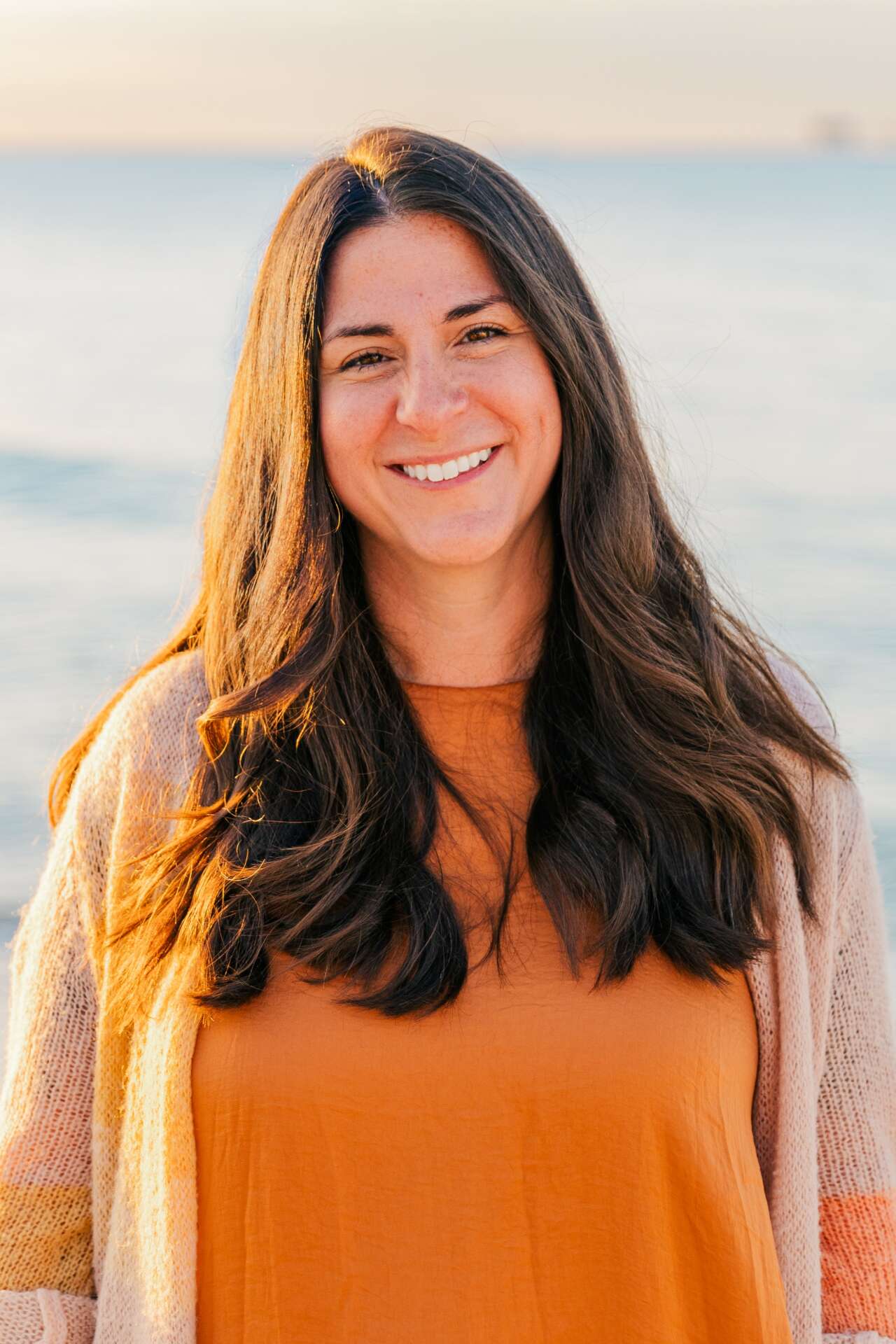We recently connected with Jade Adgate and have shared our conversation below.
Jade , appreciate you joining us today. We’d love to hear about how you went about setting up your own practice and if you have any advice for professionals who might be considering starting their own?
I never planned on opening a private practice as a death midwife. My entry into the work was accidental. I began volunteering for our local non-profit hospice, Alive, to honor the death of my great aunt. At my hospice volunteer training, another person in the room mentioned becoming a “death doula” and that was the first time I’d ever even heard that phrase.
I volunteered at both Alive and my local church, bringing communion to the sick and homebound for 18 months before I decided to do a death doula training. Originally, my hope was that by completing the end-of-doula certification with INELDA, I’d have some skills to complement my volunteer work with people who are dying.
When Covid shut down all volunteer opportunities, I had no way to practice all these skills I’d just learned. I started my private practice as a way to offer my death midwifery to my community without being dependent upon volunteering through other organizations.
Though I had successfully completed my INELDA (International End of Life Doula Association) training, I was wholly unprepared for the demands of practicing death midwifery on my own. I ended up finding a mentor, a working death midwife in private practice in Atlanta, and doing a 9-month apprenticeship with her to build a solid foundation. Today, I offer in-person death midwifery apprenticeships for the greater Nashville area to grow the holistic death care community that I also serve in. My goal is to offer what I needed but didn’t have access to while being a part of grass roots change to build a community that knows how to serve those who are dying and their loved ones with death midwifery.
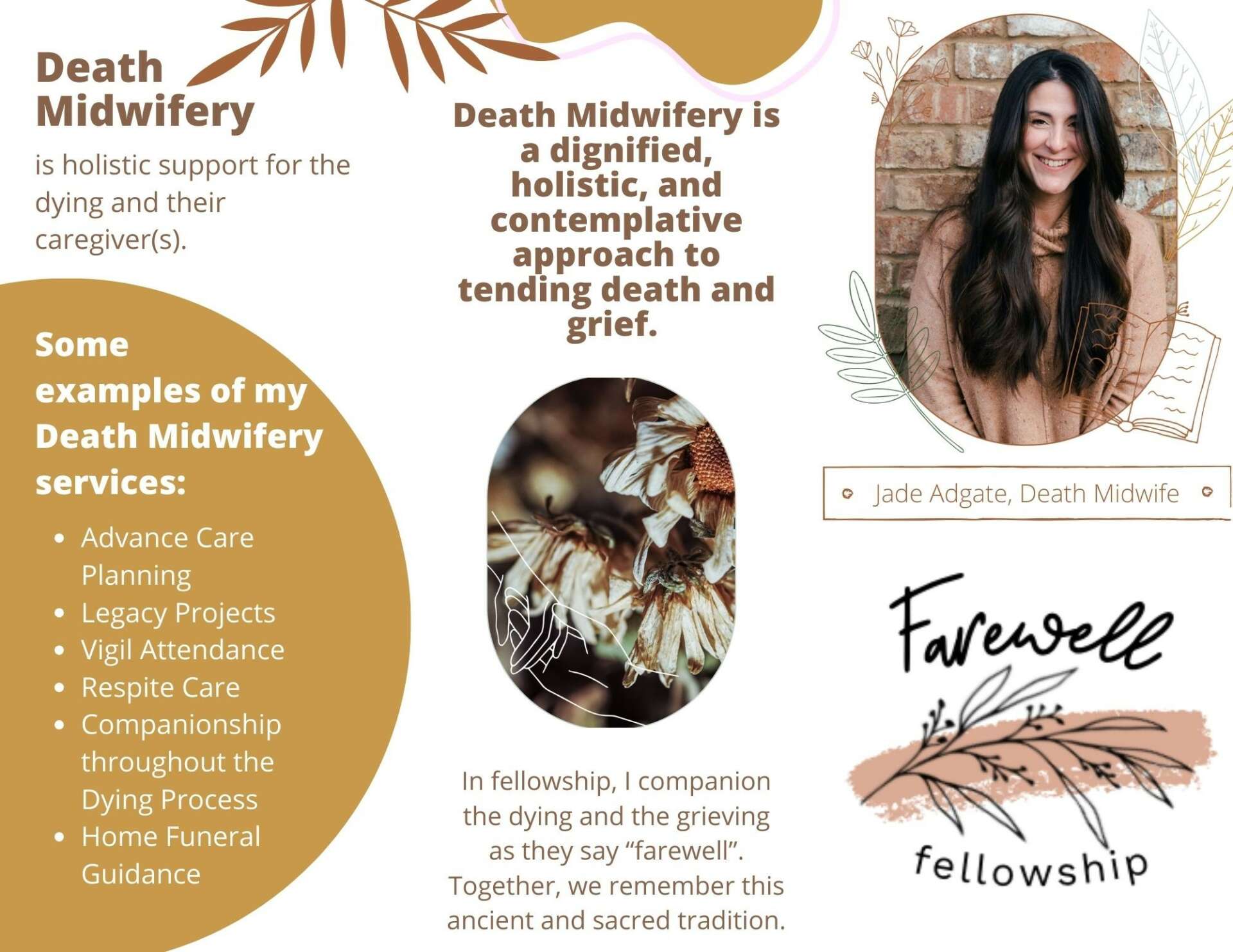
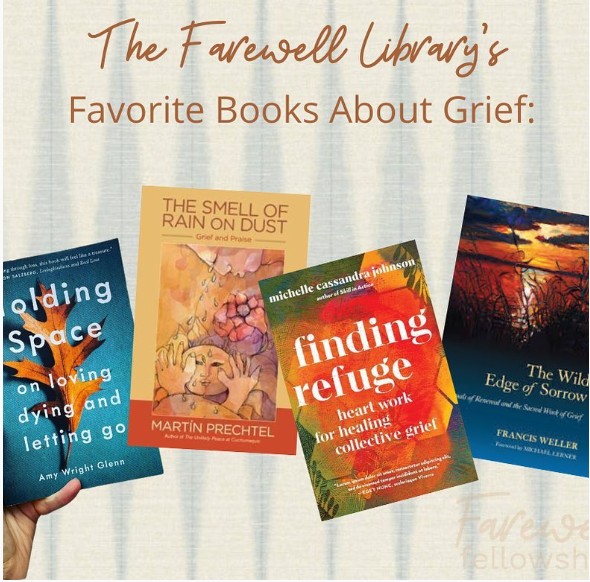
Great, appreciate you sharing that with us. Before we ask you to share more of your insights, can you take a moment to introduce yourself and how you got to where you are today to our readers.
Death midwifery seems esoteric and complicated but is actually very simple. Just as birth midwives assist as new life is ushered in, death midwives companion as dying people receive death.
My death midwifery practice, Farewell Fellowship, is centered on the vision that I long for – community centered support for people who are dying and their loved ones.
As a death midwife, I hold space for tender emotions. I educate on the phases on the dying process and how to offer comfort to the natural stages of dying. I provide hands-on holistic care for people who are dying and their caregivers, whether they need practical, spiritual, emotional or physical support.
This looks a lot of different ways but here are some examples: I can gently hold space for you in conversation as you process your feelings around watching your loved one die. I can walk your dog and sit with your loved one who is dying while you take a long shower. I can help troubleshoot the specific issues your family is facing, drawing on my experience with other families in similar situations and my own. I can educate you on what the dying process often looks like and things that typically offer comfort through each stage. I love to help make dying spaces more sacred through essential oils, music, herbs & flowers and candlelight. I offer physical comfort and have plenty of experience tending to bodies in ways that feel soothing. I can guide your family in care of your loved ones body, before, during and after death. I can help facilitate difficult family conversations around death and the needs that each part of the care team may have. I can brainstorm ways that you can memorialize a life and a legacy with ritual and ceremony and help create a moment of reverence. I can also just show up and sit, through the hard and healing, as a community members who cares.
For some families, I do all of these things. For others, I do just one. My work is truly personalized to the needs of those that I am serving. Always, I hope to become a part of the care team and family friend who has walked this path toward death many times and can hold the lantern just ahead to light the way.
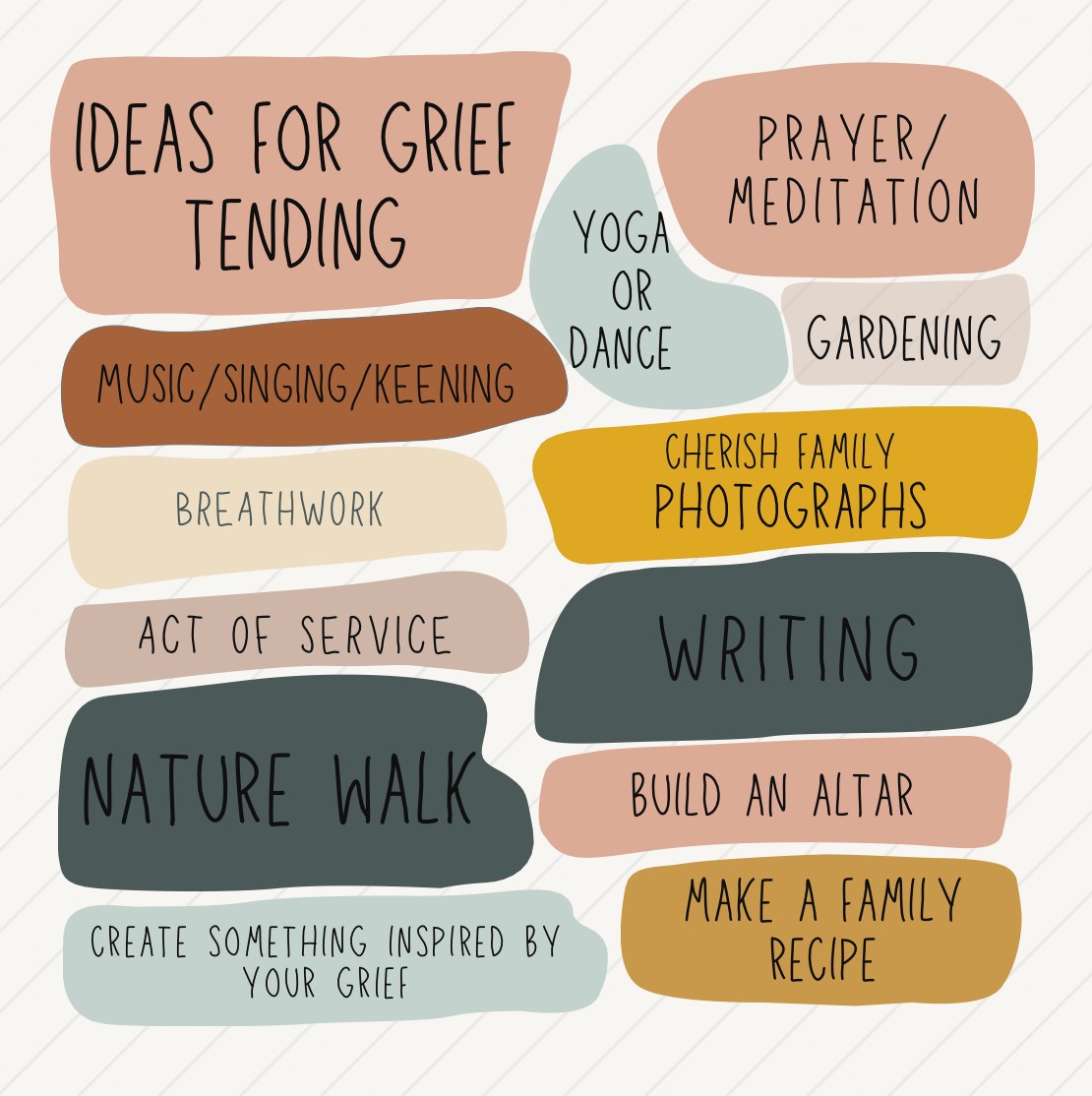
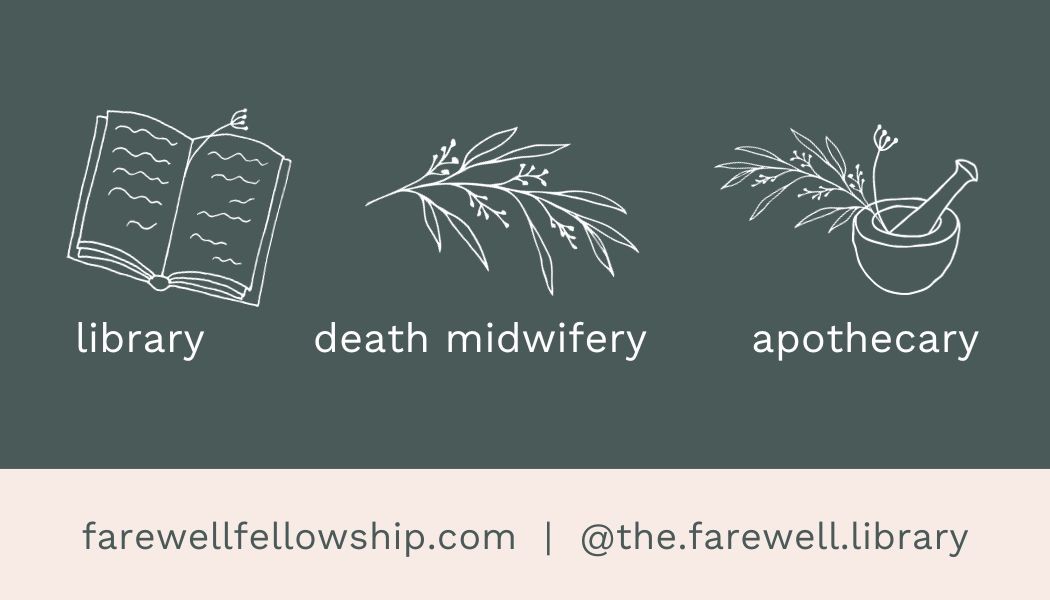
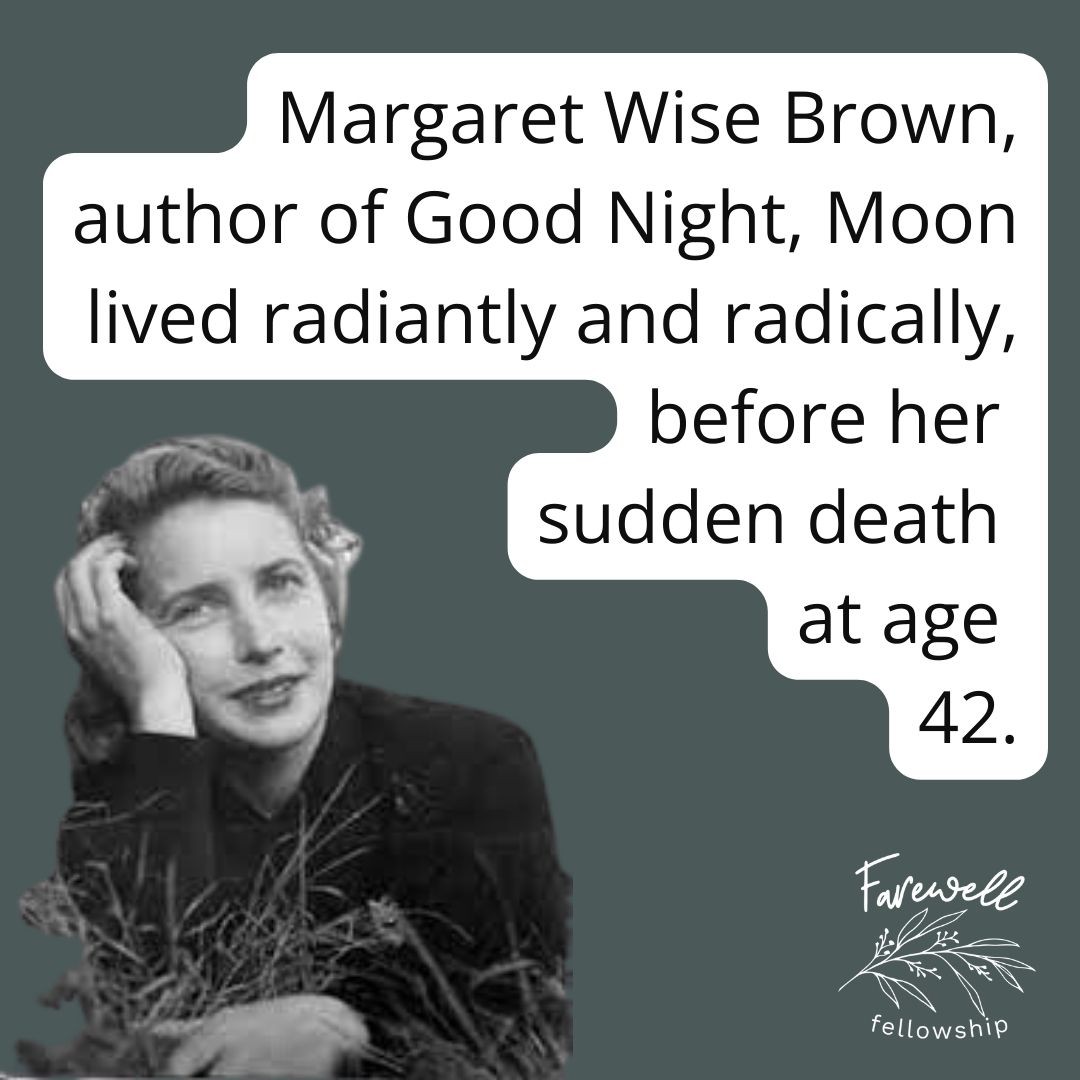
Putting training and knowledge aside, what else do you think really matters in terms of succeeding in your field?
I think the most helpful thing a death midwife can do is build confidence through experience. No training program can fully prepare you for this work because we are dealing with real humans in all different scenarios at a very vulnerable time in their lives. The only way to feel confident offering this service to our community is to practice, practice, practice.
Ultimately, any person who is called into death work is likely someone who has a deep and personal relationship with grief. I believe that our losses deepen and expand us and it is from this new space that we are able to companion others through their loss. People ask me all the time, “How do I know I’m being called to become a death doula?”. And my answer is always the same – I think death calls all of us. Not every person will become a private practitioner or have a death midwifery practice that looks like mine. But we are all called to walk alongside Death as a part of expanding ourselves through living. We’re also called to serve those we love most as they age and prepare to die. And yet again, we are asked to live alongside our losses. Consistently engaging in your own relationship with death and grief is the first step and offering the witness to other in our families and our communities is the second.
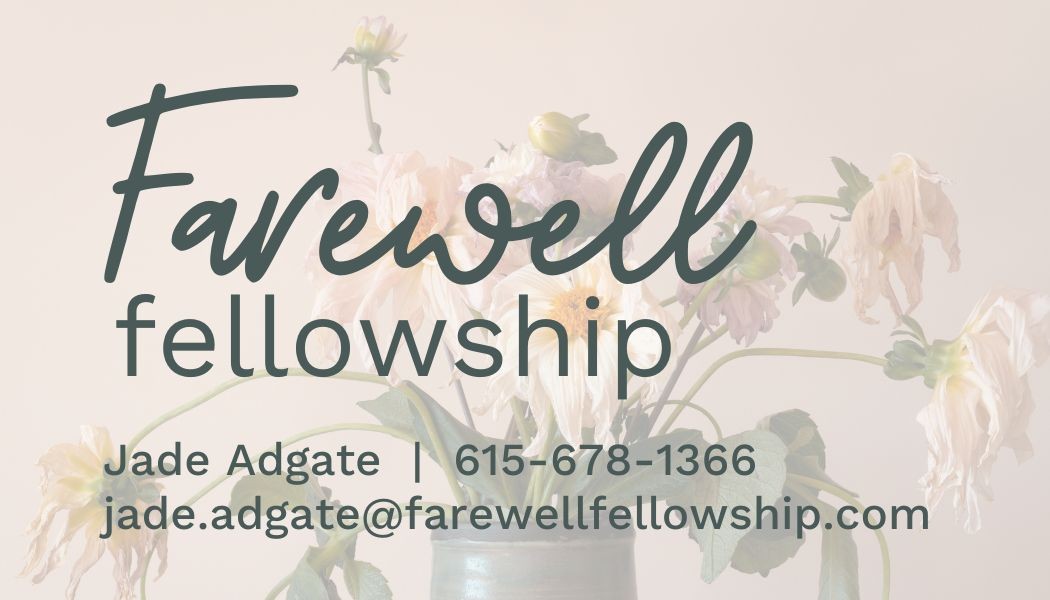
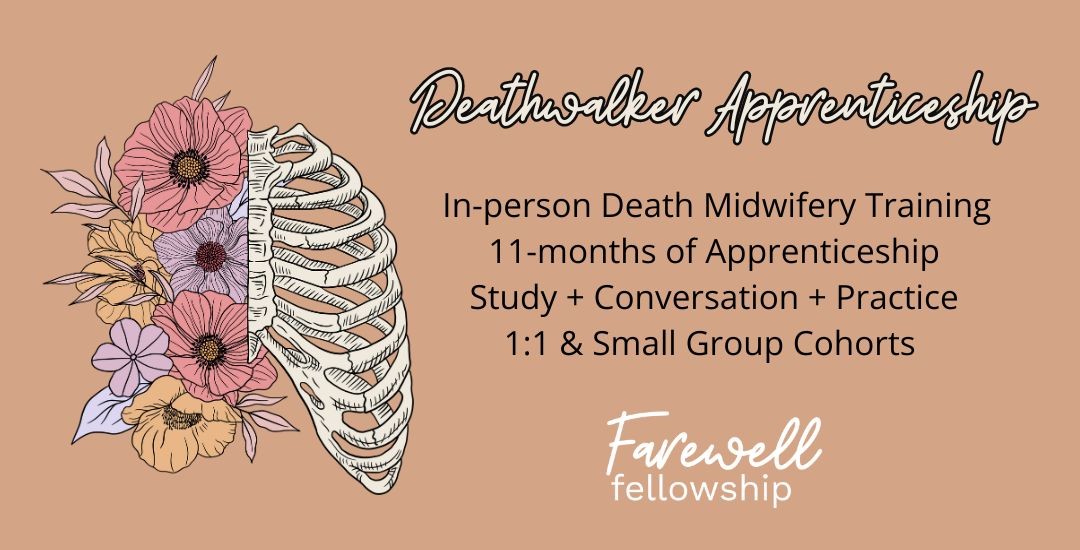
Have you ever had to pivot?
One thing that I was never expressly told in my death doula training or apprenticeship is that I would not be able to make a living from serving people who were dying alone. It was my understanding that this was rare but possible if I could just educate my community enough to rustle up demand for my services.
The truth is that even if I had unlimited demand, I do have very limited capacity. My death midwifery is an offering of a piece of my heart. I connect deeply with those I serve and I am not able to be a friend to people who are dying and grieving to a large number of people. Additionally, when my clients enter the active dying phase, I become available 24/7 to the family. These two factors are the main reasons that I am only able to serve one or two clients at a time, and only a few a year.
In order to make my business solvent, I had to open myself up to other ways of earning consistent income. For me, this has taken the form of education. I never anticipated my work to take this shape but I now offer monthly virtual workshops, in-person community death education events, and my death midwifery apprenticeship.
By educating my community and supporting other people called to serve the dying, I am still practicing my death midwifery. But it allows my hands-on bedside work the spaciousness it needs to stay in integrity. Together, these two facets of my work comprise the death midwifery practice you’ll find at Farewell Fellowship (client care) and The Farewell Library (death doula education).
Contact Info:
- Website: www.farewellfellowship.com
- Instagram: @the.farewell.library
Image Credits
Headshot by: Mallory Sullivan


